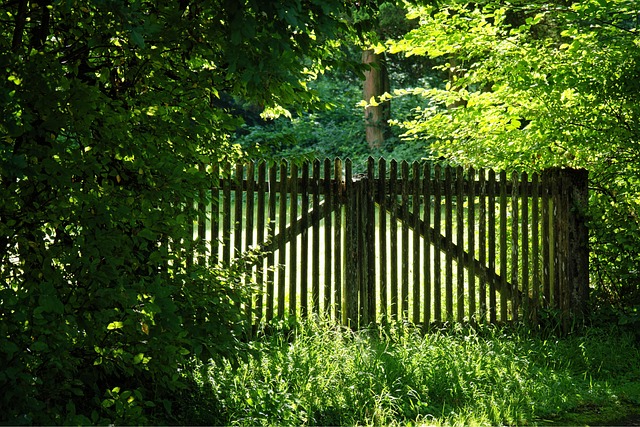In New Bedford, Massachusetts, a custom fence not only enhances outdoor spaces but also adds value to your property. This comprehensive guide explores the art of designing and installing fences tailored to individual preferences and landscape needs. From understanding local regulations and measuring your space to selecting materials like wood, vinyl, or iron, each step ensures a beautiful and functional result. Learn the installation process, from preparing the site to securing permits, and discover maintenance tips to ensure longevity.
- Understanding Custom Fence Design Requirements
- Materials and Styles for Your New Bedford Fence
- Installation Process: Step-by-Step Guide
- Post-Installation Maintenance Tips for Longevity
Understanding Custom Fence Design Requirements
When it comes to custom fence design and installation, New Bedford residents have specific requirements and preferences. The first step is to understand the client’s needs and vision. This includes knowing the purpose of the fence—be it for security, privacy, aesthetic appeal, or a combination of these factors. Property size, shape, and surrounding landscapes also play significant roles in determining the design. For instance, a fence that works well in an open field might not be suitable for a tight urban space.
Material choices are another critical aspect. Different materials offer varying levels of durability, aesthetics, and maintenance requirements. Wood, metal, vinyl, and chain link are common options, each with its unique qualities. The design should complement the client’s property and surrounding architecture while adhering to local building codes and regulations, ensuring a safe and aesthetically pleasing result.
Materials and Styles for Your New Bedford Fence
When it comes to materials, the choice largely depends on your personal preference, budget, and the desired longevity of your fence. Wood remains a popular option for its classic aesthetic appeal and relative affordability. However, composite materials offer an excellent alternative that mimics the look of wood but requires less maintenance and is more resistant to rot and insect damage.
In terms of styles, New Bedford residents have a variety of options to choose from. Traditional picket fences are a timeless choice, providing both privacy and a touch of charm. For a modern aesthetic, consider sleek, minimalist designs like vertical slat fences or clean-lined wood panels. If security is your primary concern, opt for sturdy, tall fences with robust materials and advanced locking mechanisms.
Installation Process: Step-by-Step Guide
The installation process for a custom fence begins with a thorough site assessment to ensure proper planning and preparation. Our expert team arrives at your New Bedford, Massachusetts property and conducts a detailed inspection, taking note of the layout, existing structures, and any specific requirements or preferences you may have. This step is crucial as it allows us to create a precise design that fits seamlessly into your landscape.
Next, we lay out the fence’s foundation, ensuring stability and durability. This involves digging holes for posts and installing them securely in the ground. Once the posts are in place, we attach the fence panels or rails according to the chosen design. Our team works meticulously, utilizing high-quality materials and advanced installation techniques to guarantee a strong and long-lasting fence. Throughout the process, we maintain open communication with you, addressing any concerns and ensuring your complete satisfaction with the final result.
Post-Installation Maintenance Tips for Longevity
After your custom fence is installed, proper maintenance is key to ensuring its longevity and preserving its beauty. Regular cleaning is essential; remove any debris, leaves, or dirt that may accumulate on the fence using a soft brush or garden hose. This simple step helps prevent damage from build-up over time.
Additionally, inspecting your fence for any signs of wear or decay is crucial. Look for loose or damaged posts, rot in wooden panels, or rust on metal components. Addressing these issues promptly will ensure the structural integrity of your fence and maintain its aesthetic appeal. An annual treatment with a suitable wood preservative or sealant can also provide extra protection against the elements.
